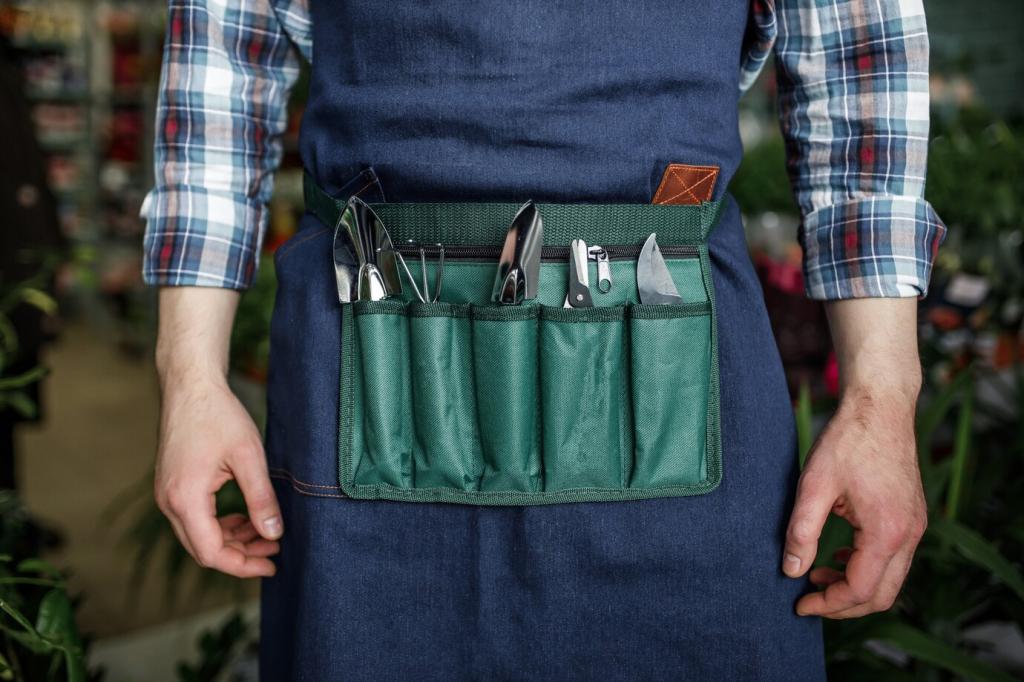Eco-Conscious Material Selection: Build Beautifully, Tread Lightly
Chosen theme: Eco-Conscious Material Selection. Welcome to a friendly space where smarter material choices power better design, lower impact, and memorable stories. Explore practical guidance, real wins, and honest lessons that help you choose materials with confidence. Share your voice, ask questions, and subscribe to keep shaping this conversation.
Think in Life Cycles, Not Shopping Carts
A truly eco-conscious choice considers each stage: raw extraction, processing, manufacturing, transport, use, repair, and end-of-life. Life cycle thinking reveals hidden impacts, highlights trade-offs, and guides smarter substitutions. When choices conflict, data and purpose help you navigate responsibly.
Signals You Can Trust: Labels and Standards
Certifications like FSC, GOTS, and Cradle to Cradle provide credible signals about sourcing, chemicals, and circularity. EPDs and product transparency labels add hard numbers. Use them as compasses, not blinders, and always check the scope, version, and independent verification.
The Natural Trap: When 'Natural' Is Not Automatically Better
Natural does not guarantee low impact. Cotton can demand heavy water; bamboo often needs chemically intense processing. Eco-conscious selection weighs full footprints, durability, and end-of-life options. Ask for data, compare baselines, and prefer materials that prove their claims over time.
Sourcing Strategies That Lower Impact Today
Choosing regionally available materials can shrink transport emissions and shorten lead times. It also improves traceability and communication with suppliers. Map your bill of materials, identify high-mileage inputs, and pilot local alternatives. Share your findings with our community to inspire others.
Post-consumer and post-industrial streams can cut footprint dramatically when quality and consistency are maintained. Specify minimum recycled content, insist on documentation, and test properties early. Reclaimed wood, recycled metals, and plastics often add character while reducing extraction impacts.
Sustainably grown fibers like hemp, flax, and lyocell can perform beautifully with lower impact. Verify land use, chemical inputs, and certifications. Check mechanical properties and finishing options at prototype scale. Share your bio-based successes or challenges so others can learn faster.




Measuring What Matters
Carbon, from Gate to Grave
Request emissions data per kilogram or per functional unit, including manufacturing energy and transport. Compare realistic scenarios and avoid cherry-picked values. For big wins, target high-mass components and switch to lower-carbon equivalents. Share your carbon victories to motivate fellow readers.
Water, Land, and Biodiversity
Impacts extend beyond carbon. Consider water scarcity hotspots, land use intensity, and biodiversity pressures. Favor materials that protect soil health and avoid deforestation. When in doubt, trace the source region and engage suppliers about stewardship practices and credible third-party audits.
Health and Indoor Air Quality
Low-VOC finishes, formaldehyde-free composites, and safer flame retardants protect occupants and workers. Ask for emissions testing and restricted substance declarations. Materials that safeguard health build trust, reduce liabilities, and elevate the everyday experience of spaces and products.
Stories from the Workshop
A neighborhood cafe sourced reclaimed oak for tables and recycled steel bases from a local yard. Milling uncovered beautiful grain beneath old varnish. They saved money, cut lead times, and customers now ask about the story behind each table while sipping their morning coffee.
Stories from the Workshop
A small apparel team switched from conventional rayon to certified lyocell and organic cotton blends. They mapped dyehouse wastewater treatment and cut trims that complicated recycling. Returns dropped as breathability improved. Their newsletter explained the journey, and subscribers cheered the transparency.


Cost, Risk, and Reality
Durability, repairability, and lower maintenance often beat cheaper, disposable alternatives. Model replacement cycles, warranty claims, and downtime. When leadership sees lifecycle savings, greener materials stop being a luxury and become the obvious business decision worth communicating to stakeholders.
Cost, Risk, and Reality
Share your impact goals with suppliers and set clear specifications for recycled content, traceability, and emissions. Multi-year agreements can unlock better pricing and data. Ask vendors to co-develop improvement plans, and celebrate milestones publicly to encourage industry-wide progress.
Join the Conversation and Keep Learning
Tell us about a material swap that worked: what you replaced, what improved, and what you would do differently. Your story could guide someone else toward a confident, lower-impact decision on their next project.
Join the Conversation and Keep Learning
What is blocking your next eco-conscious material decision? Certification confusion, color consistency, bonding issues, or minimum order quantities? Post your challenge and we will crowdsource honest, field-tested answers from designers, engineers, and suppliers.


